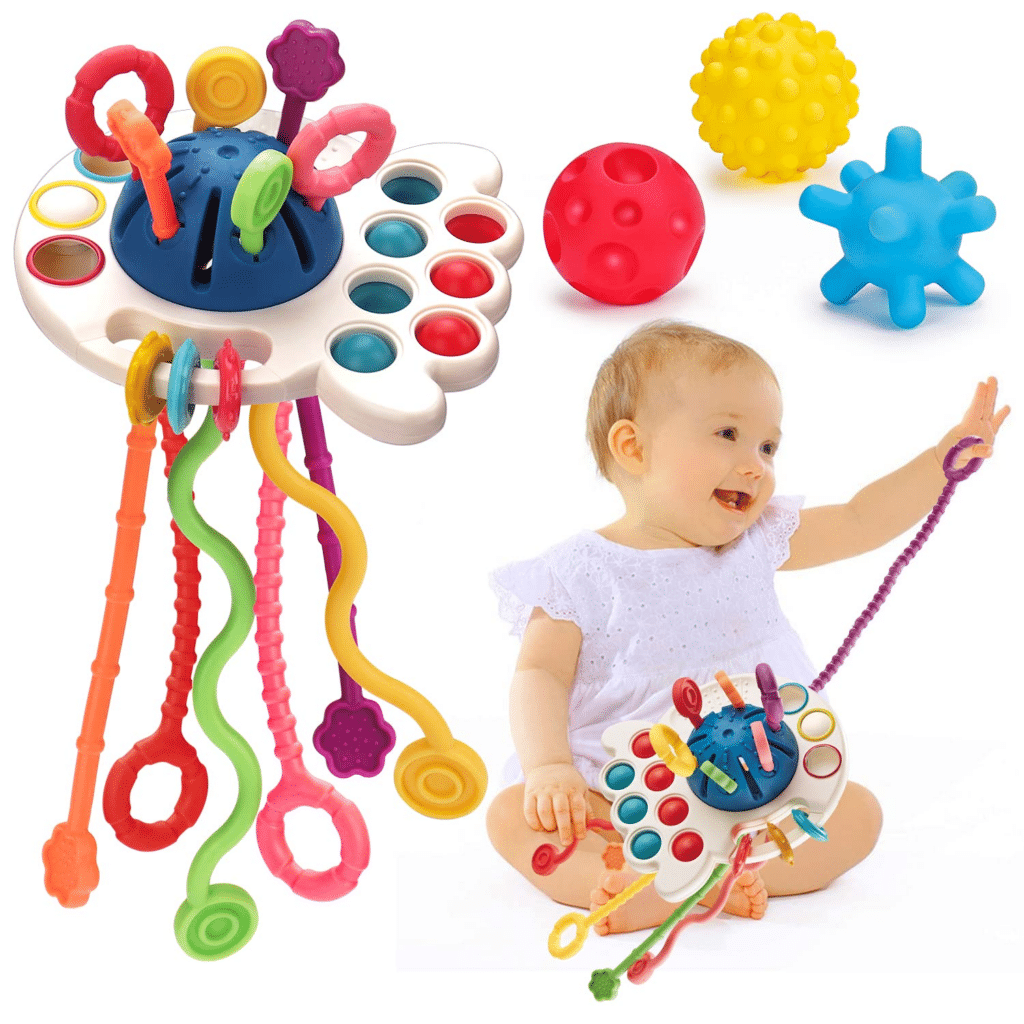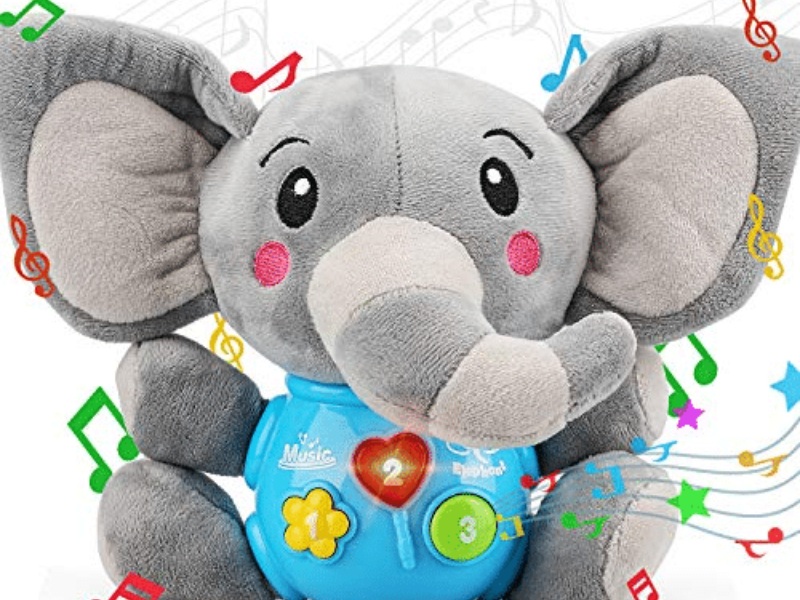Choosing safe toys for different age groups is crucial to ensure children’s safety and promote their development. Here are guidelines to help you select age-appropriate and safe toys for children of various ages:
1. Infants (0-12 months)

- Safety Considerations: Opt for toys that are large enough to prevent choking hazards (no small parts or pieces that can fit inside a toilet paper roll).
- Soft Toys: Choose soft toys without small parts or loose attachments that could be pulled off and swallowed.
- Sensory Toys: Look for toys with contrasting colors, different textures, and that make gentle sounds to stimulate sensory development.
2. Toddlers (1-3 years)

- Durability: Select toys made from sturdy materials that can withstand rough handling and chewing.
- No Small Parts: Avoid toys with small magnets, removable parts, or sharp edges that could cause injury or choking.
- Active Play: Choose ride-on toys, push and pull toys, and stacking/nesting toys that encourage physical activity and coordination.
3. Preschoolers (3-5 years)

- Educational Toys: Opt for toys that promote early learning skills such as alphabet puzzles, shape sorters, and counting toys.
- Art Supplies: Include non-toxic crayons, markers, and washable paints for creative expression.
- Imagination and Role-Play: Select dress-up clothes, dolls, action figures, and playsets that encourage imaginative play.
4. School-Age Children (6-12 years)
- Complexity: Choose toys that match their cognitive abilities and interests, such as building sets, model kits, and science experiments.
- Outdoor Toys: Include sports equipment like balls, bicycles, and skateboards with appropriate safety gear (helmets, knee pads, etc.).
- Board Games and Puzzles: Select games that require strategic thinking, teamwork, and problem-solving skills.
Tips for Choosing Safe Toys:

- Check for Age Recommendations: Look for age-appropriate labels on toys to ensure they are suitable for your child’s developmental stage.
- Inspect Toys Regularly: Check toys for broken parts, sharp edges, and potential hazards. Repair or discard damaged toys immediately.
- Avoid Toxic Materials: Choose toys made from non-toxic materials and avoid those containing lead-based paints or harmful chemicals.
- Consider Developmental Benefits: Prioritize toys that support physical, cognitive, social, and emotional development.
- Supervise Play: Always supervise young children during playtime to prevent accidents and ensure they use toys safely.
Conclusion
Selecting safe toys for children involves considering age-appropriateness, durability, educational value, and potential hazards. By following these guidelines and staying informed about toy safety standards, you can create a playful and safe environment where children can learn, grow, and have fun with their toys. Remember, the right toys not only entertain but also contribute positively to a child’s development and overall well-being.

